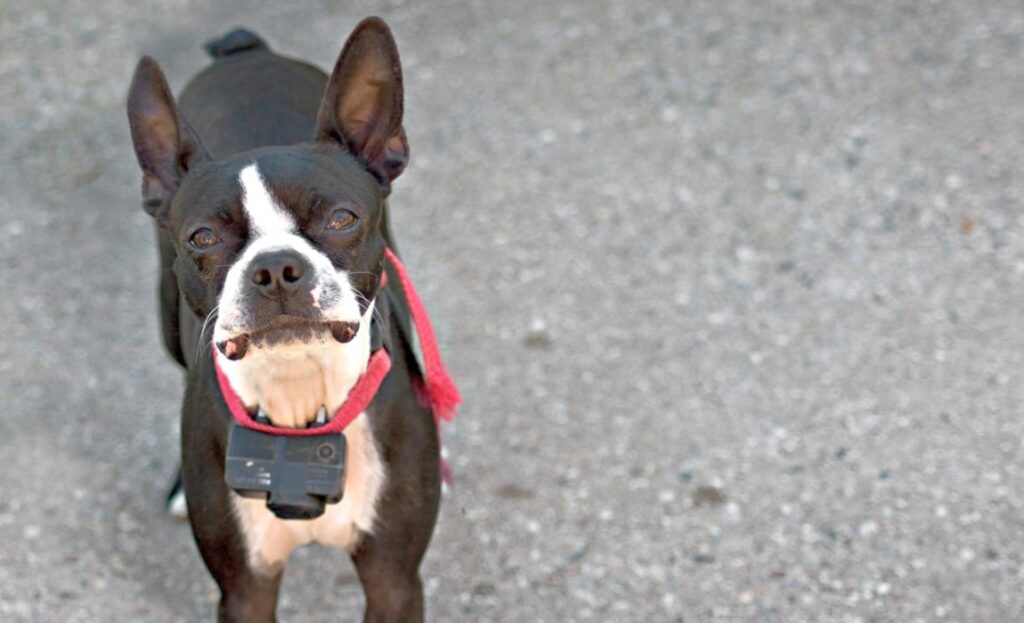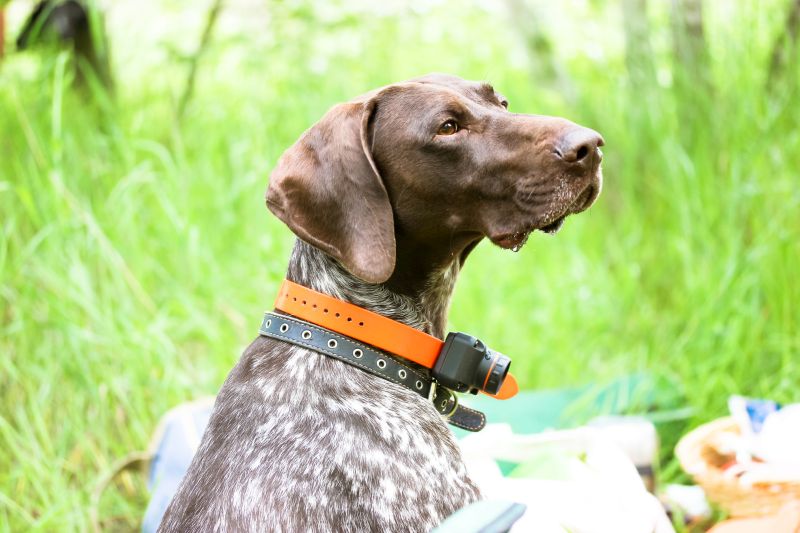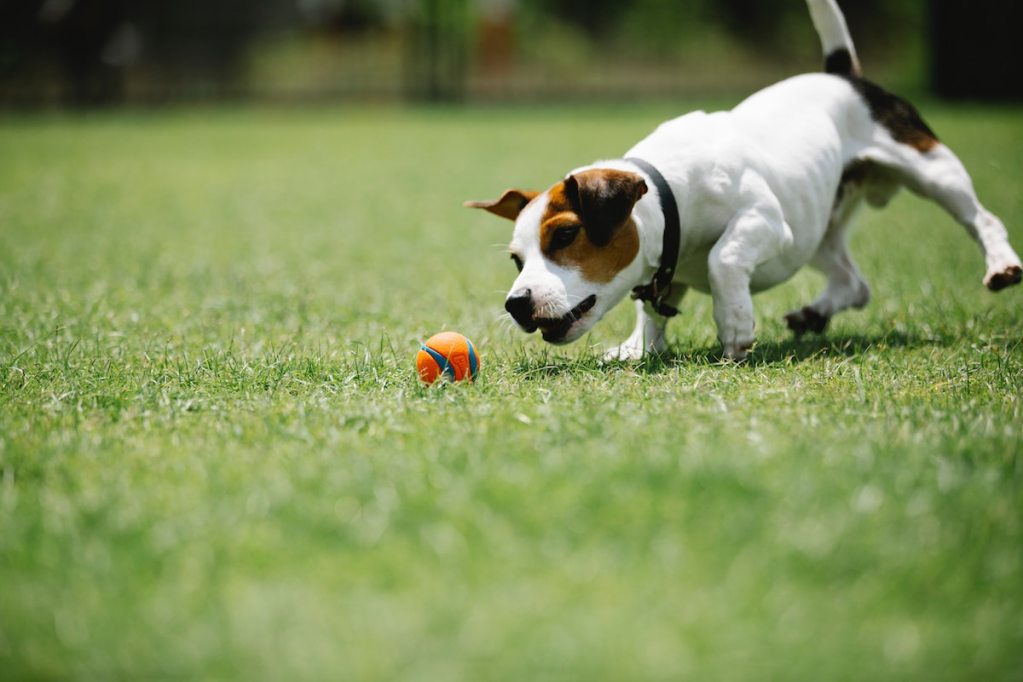When training your pet, are you searching for an alternative to a shock collar? Look no further! In this article, we explore various humane and effective options that can replace the use of a shock collar.
We’ve got you covered, from positive reinforcement techniques to advanced training devices. Say goodbye to outdated and potentially harmful methods, and say hello to a more compassionate approach in training your furry friend.
This image is the property of www.k9ofmine.com.
Positive Reinforcement Training
Positive reinforcement training is a highly effective and humane method of training dogs that focuses on rewarding desired behaviors instead of punishing undesired behaviors. Using positive reinforcement techniques, we can build a strong bond with our furry friends and help them learn new commands and tricks in a positive and fun way.
Clicker Training
One popular method of positive reinforcement training is clicker training. Clicker training involves using a small handheld device called a clicker to make a distinct clicking sound whenever the dog performs a desired behavior. The clicker acts as a marker to signal to the dog that they have done something right, and they will receive a reward. This technique helps to reinforce the connection between the behavior and the reward, making it easier for the dog to understand and repeat the behavior.
Treat Training
Treat training is another effective form of positive reinforcement training. It involves using small, tasty treats as rewards for correct behaviors. When the dog performs a desired behavior, we can immediately reward them with a treat. This positive association helps the dog understand what behavior is being reinforced and encourages them to repeat it. Treat training can be a great way to motivate and engage our furry friends while teaching them new commands and tricks.
Marker Training
Marker training is a technique that relies on using a verbal marker, such as the word “yes” or a click sound, to mark the desired behavior. The marker is used to identify the exact moment the dog performs the desired behavior, and a reward immediately follows it. This method helps to reinforce the connection between the marker and the reward, making it easier for the dog to understand and learn new behaviors. Marker training can be beneficial for shaping complex behaviors or training dogs in environments where a clicker may not be practical.
Remote Training Collars
While positive reinforcement training methods are highly effective, there may be situations where additional tools can help reinforce training commands. One such tool is Remote training collars, electronic collars, or e-collars. However, it is essential to note that not all remote training collars are the same, and there are alternatives to the controversial shock collars.
Vibration Collars
Vibration collars are remote training collars that use a vibrating sensation to get the dog’s attention or as a mild correction. This form of stimulation does not cause any pain or discomfort to the dog and can be a valuable tool for training recall or other commands. We can effectively reinforce the desired behavior without harsh methods by associating the vibration with a positive reward, such as a treat or praise.
Ultrasonic Collars
Ultrasonic collars emit a high-pitched sound when activated, which is inaudible to most humans but can be heard by dogs. This sound is a distraction or correction when the dog engages in unwanted behavior. As with vibration collars, using ultrasonic collars should be accompanied by positive reinforcement training techniques to ensure the dog associates the correct behavior with rewards.
Citronella Collars
Citronella collars are another alternative to shock collars. When activated, these collars release a burst of citronella spray, which is unpleasant to dogs but harmless. The sudden burst of scent is a deterrent to behaviors such as excessive barking or jumping. Citronella collars can effectively teach dogs to associate certain behaviors with negative consequences while avoiding shock or pain.
Body Language and Verbal Commands
In addition to using training tools and techniques, understanding and utilizing body language and verbal commands is crucial in effectively communicating with our furry friends. Dogs are highly observant of our body language and can pick up on subtle cues that indicate our intentions and expectations. By pairing consistent verbal commands with appropriate body language, we can enhance our communication with our dogs and make training more effective.
It is essential to use clear and concise language when giving verbal commands. Use the same word or phrase consistently for each command and use a calm and friendly tone. Dogs respond best to upbeat tones, as they can sense our emotions and respond accordingly.
Accompanying verbal commands with appropriate body language can further reinforce their meaning. For example, when teaching the “sit” command, we can hold our hand up with the palm facing upwards as a visual cue. Pairing this hand signal with the verbal command gives the dog a clear understanding of the desired behavior.
Boundary Training
Boundary training is an important skill to teach our dogs, as it helps keep them safe and prevents them from wandering off into dangerous or restricted areas. There are two main methods of boundary training: traditional fencing and invisible fencing.
Traditional Fencing
Traditional fencing involves installing physical barriers around our property to create a secure, visible boundary for our dogs. This can be in chain-link, wooden, or even brick walls. Traditional fencing provides a clear, reliable boundary preventing dogs from roaming freely. It also helps to keep other animals out and protects our dogs from potential dangers such as traffic or wildlife.
Invisible Fencing
Invisible or, underground, or electric fencing is an alternative to traditional fencing that combines wires and a unique collar to create a virtual boundary. When the dog approaches the boundary, the collar emits a warning tone followed by a mild electric stimulation if they continue crossing it. Invisible fencing can be a suitable option for those who do not want the visual impact of traditional fencing or have specific restrictions on fence installation. However, it is essential to note that proper training and introduction to the invisible fencing system are crucial to ensure that the dog understands and respects the boundaries.
This image is the property of www.k9ofmine.com.
Interactive Toys and Puzzles
Engaging our dogs mentally and physically is essential to their overall well-being. Interactive toys and puzzles are a great way to provide mental stimulation and prevent boredom in our furry friends. These toys are designed to challenge our dogs’ problem-solving skills and entertain them.
Interactive toys can come in various forms, such as treat-dispensing toys, puzzle toys, or toys with hidden compartments. They require the dog to figure out how to access the treats or complete a task to be rewarded. By engaging in interactive play with our dogs using these toys, we provide them with mental stimulation, strengthen our bond, and create a positive association with learning and problem-solving.
Training Whistles
Training whistles are a valuable tool for training dogs that respond well to auditory cues or for those who may have hearing impairments. These whistles emit a specific sound unique to each whistle, allowing us to give commands or recall our dogs from a distance. Training whistles offer consistent and precise signals that are easy for dogs to distinguish, even in noisy or distracting environments. Dogs can quickly learn to associate the sound with certain behaviors or commands by pairing the whistle sound with rewards or positive reinforcement.
This image is the property of e4ztwf9tx3f.exactdn.com.
Calming Aids
For dogs that experience anxiety or stress in certain situations, calming aids can be beneficial in helping them feel more at ease. Two common calming aids are Adaptil collars and Thundershirts.
Adaptil Collars
Adaptil collars are pheromone-based collars that mimic the natural calming pheromones a mother dog produces to nurture and reassure her puppies. These collars emit a synthetic version of these pheromones, which can help dogs feel more secure and relaxed in stressful situations such as thunderstorms, fireworks, or car rides. Adaptil collars are easy to use and provide continuous comfort for dogs without any sedative effects.
Thundershirts
Thundershirts are specially designed shirts or wraps that provide gentle, constant pressure to help calm anxious dogs. The pressure applied by the Thundershirt creates a swaddling effect, similar to the feeling of being held or hugged. This gentle pressure can calm dogs and help alleviate anxiety in various situations, such as during thunderstorms, separation anxiety, or vet visits. Thundershirts are easy to put on and can be used as an alternative to medication or combined with other calming techniques.
Clicker Training Alternatives
While clicker training is a widely popular positive reinforcement technique, not all dogs respond well to the sound of a clicker or can benefit from clicker training. In such cases, alternative markers can be used to reinforce the desired behavior.
One alternative to clicker training is using a verbal marker, such as saying “yes” or using a specific word. This verbal marker can be paired with treats or rewards to create a positive association. Alternatively, a mechanical clicker can be replaced with a different sound, such as snapping fingers or whistling. The key is to use a consistent and distinct sound that the dog can easily associate with the desired behavior.
This image is the property of topdogtips.com.
Professional Dog Training
While it is possible to train our dogs using positive reinforcement techniques on our own, sometimes seeking the help of a professional dog trainer can be beneficial. Professional dog trainers have extensive knowledge and experience in dog behavior and training methodologies, and they can provide valuable guidance and support tailored to our specific needs and goals. They can also help address any specific behavioral issues our dog may be experiencing and create personalized training plans to overcome them. Working with a professional can help us use the most effective and efficient methods to train and build a strong bond with our dogs.
Training Apps
In today’s digital age, numerous training apps can assist us in our dog training journey. These apps offer many features, such as step-by-step training guides, video demonstrations, behavior tracking, and virtual consultations with professional trainers. Training apps provide a convenient and accessible way to access valuable training resources and support at our fingertips. They can be handy for those who prefer a more self-directed approach to training or for reinforcing the skills learned through professional training.
In conclusion, many practical and humane alternatives exist to shock collars when training our dogs. Positive reinforcement techniques, such as clicker and treat training, provide a fun and rewarding way to teach our dogs new behaviors.
Remote training collars, such as vibration, ultrasonic, and citronella, can be used as additional tools to reinforce training commands. Additionally, understanding and utilizing body language and verbal commands, engaging in boundary training, providing mental stimulation with interactive toys and puzzles, training whistles, and incorporating calming aids can all contribute to successful and positive dog training experiences.
In cases where additional guidance is needed, seeking the help of a professional dog trainer or utilizing training apps can provide further support on our training journey. Remember, building a solid bond with our furry friends through positive reinforcement training is critical to fostering a happy and well-behaved canine companion.
This image is the property of www.pawtracks.com.














































